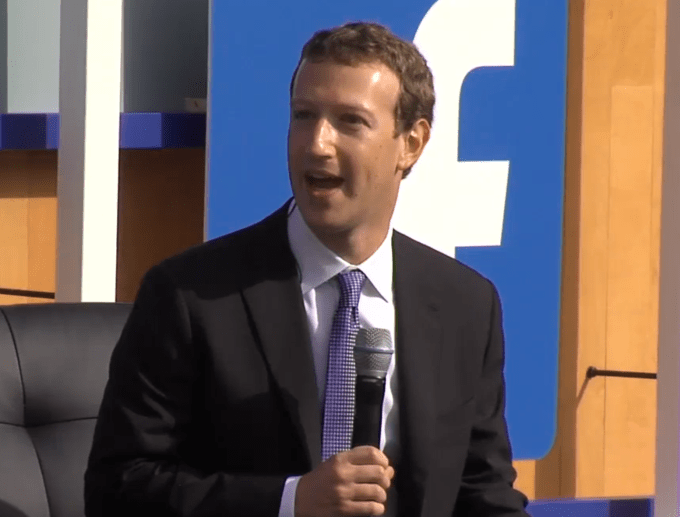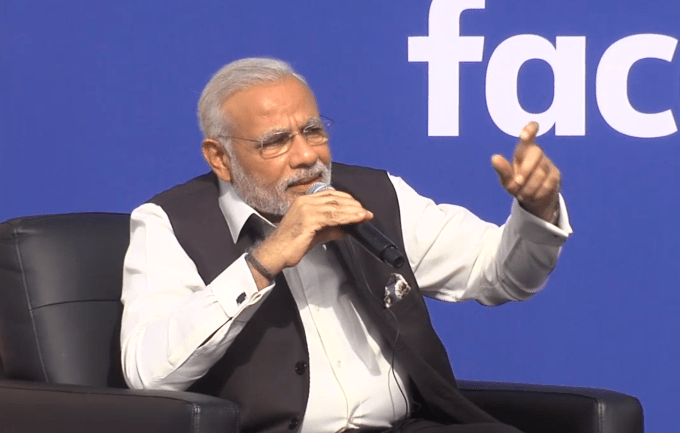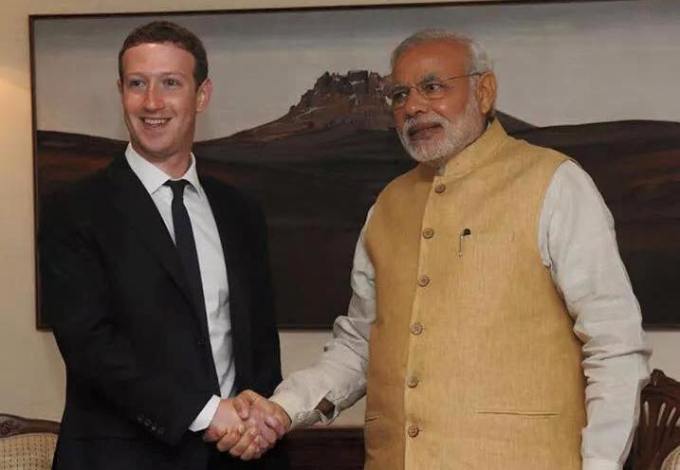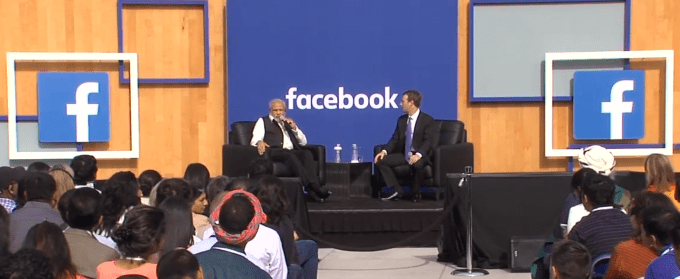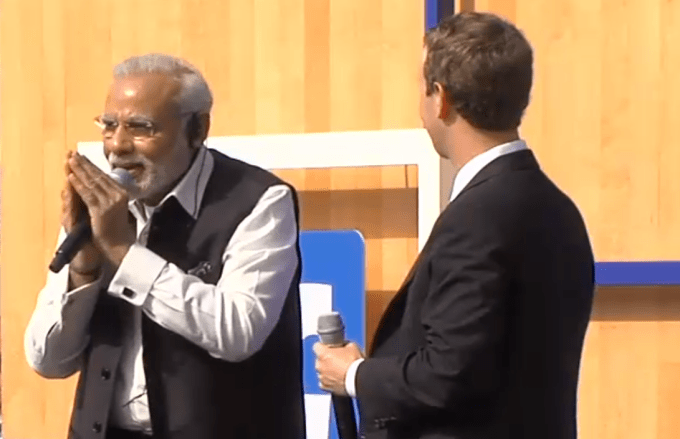As Ad Week rolls into New York, the tech giants are rolling out their ad product news. Today Google announced moves further into Facebook-style targeting territory, with a new product called Customer Match that will let advertisers upload lists of emails and match them to signed-in Google users on Gmail, Search and YouTube. Google is also upping its game in app promotions.
Meanwhile, Facebook has announced a new service that itself is competitive with yet another platform: Twitter, and specifically in the area of nabbing more TV ad dollars. The social network will be working with Nielsen on a new metric and ad buying option to let advertisers more closely link their TV ad spend with Facebook video spend.
Google’s Customer Match — which will be getting rolled out in the next few weeks — will let advertisers build campaigns based around email address lists that they upload and match against Google’s own database of signed-in users across some of its biggest properties — including Gmail, YouTube and Search.
In an example given by Sridhar Ramaswamy, SVP of Ads and Commerce at Google, a travel brand can upload the names of people in its rewards program, who will then be served ads from that travel brand the next time they are searching a relevant term. Similarly those ads (or others like them) can then follow a user when she or he visits YouTube or checking email on Gmail.
On top of this, Google will also be giving advertisers the ability to use that same data to find similar audiences — that is, signed-in users who may not be on your own lists but match profiles of those who are and are therefore more likely to be interested in your products.
If you think all of this sounds familiar, it’s because it is: Facebook has been letting advertisers run similar styles of campaigns based around customer databases for years already. Why has Google been so slow to come around to this? Regulatory scrutiny seems to be one key reason highlighted by Digiday, which had reported that targeting plans were in the works before Google made the news official: the search giant has been happy to let others take the lead on this kind of ad tech first because then Google appears as the competitor when it enters the market.
There could be other reasons, too: You could also argue that Google has been so successful with its core search products that the idea of adding new features may have been put on the backburner. Similarly, it may only be now that advertisers are showing so much interest in targeting and ad tech in general that Google has felt the push to roll out similar products itself.
The push from the wider market, and competition from Facebook, it could be argued, may also be behind the new Android app promotion tools that Google is also unveiling.
This is not the first time that Google has leveraged its larger networks in areas like search to promote apps: Google unveiled some initiatives in this space back in Mayduring its big I/O developer conference. Now we have a more complete picture in the form of Universal App Campaigns.
Essentially, what this is is a new type of AdWords product focused specifically on targeting app users across different Google platforms such as Search, Google Play, YouTube, and the Google Display Network, which Google says covers some 2 million websites. Some of this is similar to the intent that Google is trying to capture with Customer Match: a search for adventure gaming apps will yield an ad for, say, an adverture game. What’s less clear is if that intent then follows you to other platforms, or whether Google creates separate intent-based ads in, say, YouTube based on what you are watching.
As with other app-install networks, Google says a developer sets a cost-per-install in order to set up a campaign across different platforms.
Facebook’s video ambitions
If Google is wading deeper into Facebook’s territory with app install ads and email-based advertising databases, Facebook is also dipping its toes elsewhere, too.
Earlier today, Facebook, which says it now works with 2.5 million advertisers (up from 2 million in February), announced that it would work with Nielsen to develop and introduce a new metric that it calls the “total rating point” (TRP) to measure how Facebook video ads perform alongside corresponding TV ad campaigns. “Marketers can plan a campaign across TV and Facebook with a total TRP target in mind, and they can buy a share of those TRPs directly with Facebook,” Facebook notes in a blog post about the new product.
As with Nielsen’s early moves to work more closely with Twitter to measure and match up Twitter users with TV consumers, the idea here is to create a stronger link between the old platform and the new in order to encourage more advertising on the latter platform. Video is huge on Facebook, and the social network killing from video ads in its news feed (which are increasingly also going mobile). Making more products to align those even more closely, and with TV advertisers’ budgets, makes a lot of sense.
Other new Facebook products today include brand awareness optimization bidding; polling services coming to mobile; and — in one more push to enhance and expand video inventory — adding videos to the carousel format Facebook introduced earlier this year.


